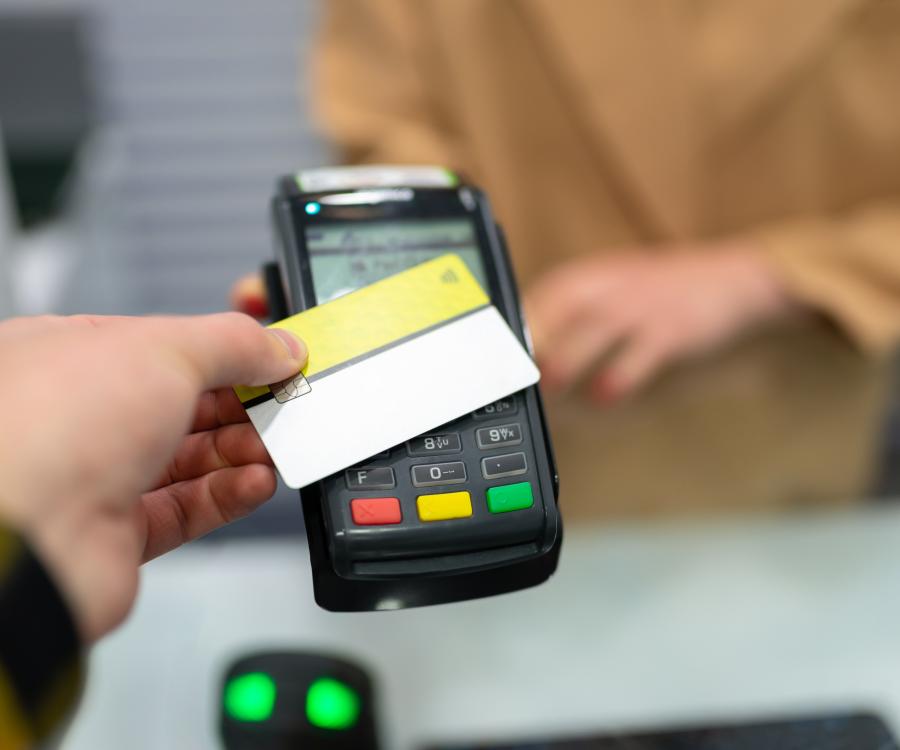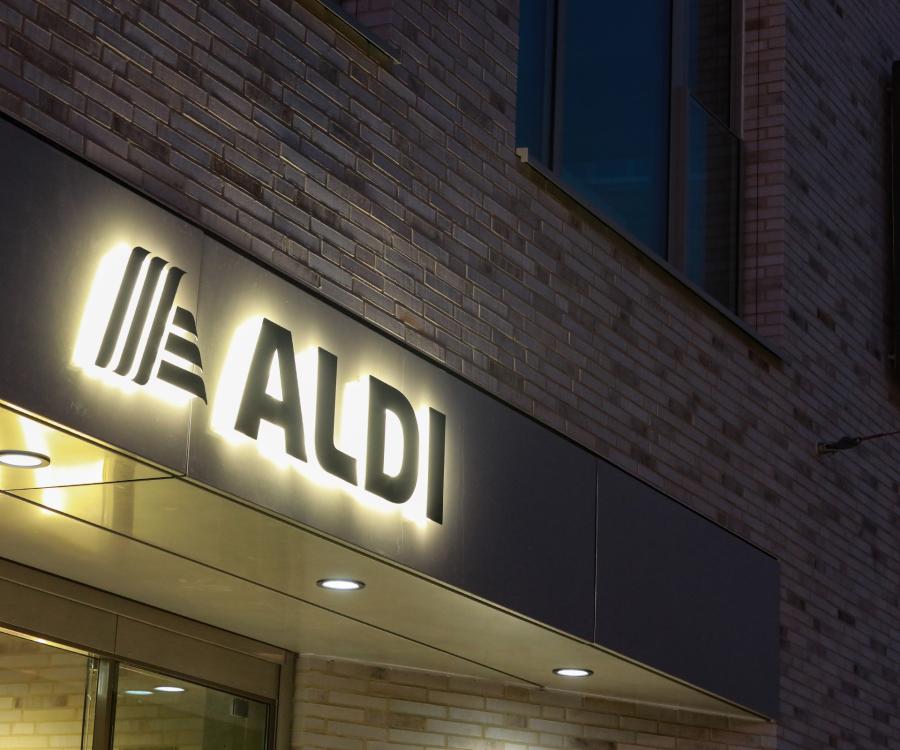
In 2015, JBC – a major Belgian clothing retailer – worked with Checkpoint Systems to roll out radio frequency identification (RFID) across its supply chain. This made the company one of the pioneers of the technology in Belgium and three years later, the clothing chain looks back with satisfaction and has provided some tips to successfully implement RFID.
Experience is of the upmost importance to JBC – both the experience of the customer and its staff. Convenience and speed at the cash register play an important role in this. In 2013, the retailer began looking for a technology that would minimise the time taken to pay for goods at the checkout that was easy for store associates to use. After a positive pilot in two of its 144 stores, RFID was identified as the solution.
Fred Tielens, logistics manager at JBC, commented: "Thanks to RFID, we quickly reduced the time spent at the checkout by 10-seconds per garment. Because the technology automatically scans all the garments in one go, there was no need for staff to search for price tags."
As a result of the time saving, JBC decided to introduce RFID in all its stores, as well as a distribution center in Houthalen. By the end of 2014, the retailer, together with Checkpoint Systems – a leading provider of source-to-shopper merchandise availability solutions, had trained more than 100 apparel suppliers worldwide who were then required to sew RFID labels into the clothing at the point of manufacture. This initial process was crucial for the successful rollout as it improved efficiencies and reduced errors throughout the supply chain.
In order to further improve the supply chain process, in early 2015, the retailer had fitted RFID tunnels in its warehouse to check incoming and outgoing goods. The perfect time to check whether the suppliers had correctly sew in the RFID labels.
Fred Tielens added: "The first deliveries were not as expected. Some of our suppliers had sewn the labels incorrectly in the clothing, without taking into account the size or the color. Fortunately, because of the checks, we were able to work with these suppliers immediately to correct issues. It ultimately encouraged us to tighten up the controls."
RFID changed the way JBC had worked in its warehouse. Where previously it had to count and process the delivered goods, the goods are now counted and tagged at the distribution center. The disappearance of these intermediate steps reduced the number of internal transports and now ensures sharper delivery times. In other words, JBC can provide its stores with the requested items more quickly.
After the suppliers and the warehouse were fully trained, JBC started the roll-out to its stores in 2015. To begin with, a number of intensive workshops, led by a project manager from Checkpoint Systems, were run to in order to train regional managers on the RFID process. And at a later stage all store staff were added to the training programme.
Implementing RFID would transform the way the staff operated in-store. In order to ensure its success at the checkout, JBC conducted a pilot for six months, where it overcame a number of challenges, including the correct use of RFID readers at the cash registers, the link with the RFID labels and the interaction with computers in the backroom.
According to JBC, there is one piece of advice it would impart to other retailers considering introducing RFID – involve an IT manager. It is important to think about the POS system’s software, as well as the ERP system and the network.
For example, before the arrival of RFID, JBC only had wifi around the checkout points, whereas the RFID implementation required wifi to be available across the entire store floor and storage space. And there is also the need to install additional cabling and hardware so that the RFID labels must communicate with the cash registers. However, those extra costs do not outweigh the benefits of RFID, if you know what you can achieve with RFID.
Fred Tielens concluded: "Our staff do not want to go back to the previous solution. The workload at the cash registers has decreased considerably, and they now have extra time to advise our customers in the store."
And the future? The last step that completes the RFID story at JBC is the inventory control. The clothing retailer is now able to locate all goods anywhere in the delivery process (from supplier to shop). A hugely positive step forward for the fashion chain’s stock management.









